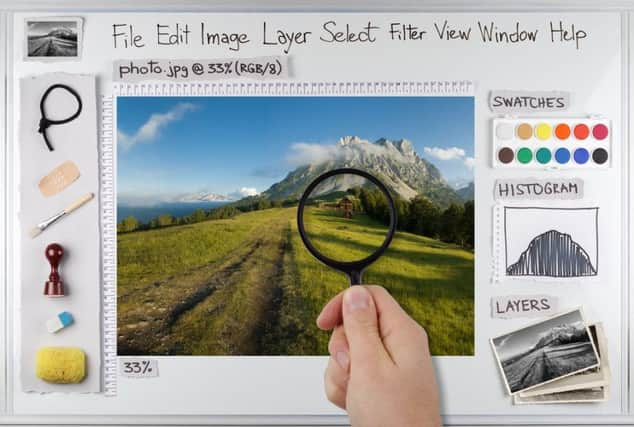Only 60% of people can spot a manipulated picture - can you?


A study of more than 700 people found four in ten couldn’t tell a fake picture from a real one.
Their success rate at detecting a phony image of a real-world scene was only 60 per cent, said scientists.
Advertisement
Advertisement
And even then those that did notice something wrong could only spot what it was 45% of the time.
The findings shed fresh light on the growing problem of fake news - seen during the recent UK and US elections.
Lead author Sophie Nightingale, a PhD student at Warwick University, said: “Our study found although people performed better than chance at detecting and locating image manipulations, they are far from perfect.
“This has serious implications because of the high-level of images - and possibly fake images - people are exposed to on a daily basis through social networking sites, the internet and the media.”
Advertisement
Advertisement
She said the phenomenon could endanger national security as well as democracy.
Ms Nightingale said: “The rise of photographic manipulation has consequences across almost all domains from law enforcement and national security through to scientific publication, politics, media and advertising.
“Currently however science knows very little about people’s ability to distinguish between original and fake images.
“The question of whether people can identify when images have been manipulated and what has been manipulated in the images of real world scenes remains unanswered.”
Advertisement
Advertisement
The study published in Cognitive Research: Principles and Implications used a bank of 40 images created from 10 originals sourced from Google Images - six of which were changed in five different ways.
These included both plausible and implausible physical manipulations to create 30 altered pictures.
The 707 participants in the online test were shown 10 images at random that included each of the five manipulated types and five originals and were never shown the same one twice.
An average 60 percent were correctly identified as being manipulated when participants were asked “Do you think this photo has been digitally altered?” - just over the chance performance of 50%.
Advertisement
Advertisement
But of the people that answered “yes” only an average 45 percent of manipulations could be correctly located when a grid was placed over the image and participants were prompted to select the regions where a change had been made.
Co-author Dr Derrick Watson explained: “We found people were better at detecting physically implausible manipulations but not any better at locating these manipulations, compared to physically plausible manipulations.
“So even though people are able to detect something is wrong they can’t reliably identify what exactly is wrong with the image.
“Images have a powerful influence on our memories so if people can’t differentiate between real and fake details in photos, manipulations could frequently alter what we believe and remember.”
Advertisement
Advertisement
In a second experiment using an image set created by the researchers 659 people completed an online task that tested their ability to locate manipulations regardless of whether or not they said there was one present.
The results revealed ability to detect something wrong was similar - an average 65 percent of the time - to the first experiment.
But manipulations were accurately located in the image 39 percent more of the time than expected by chance.
This suggests people are better at the more direct task of locating manipulations than the more general one of detecting if a photo has been manipulated or not.
Advertisement
Advertisement
Dr Kimberley Wade, another of the researchers, said: “People’s poor ability to identify manipulated photos raises problems in the context of legal proceedings where photos may be used as evidence.
“Jurors and members of the court assume these images to be real, though a manipulated image could go undetected with devastating consequences.
“We need to work to find better ways to protect people from the negative effects of photo manipulation, and we’re now exploring a number of ways that might help people to better detect fakes.”
Last year a study found up to 80 percent of students in the US couldn’t tell the difference between sponsored content and a real news story.
Fake news refers to news from dubious sources, advertising content, or stories that are just totally made up - but which still go viral on Facebook and Twitter.